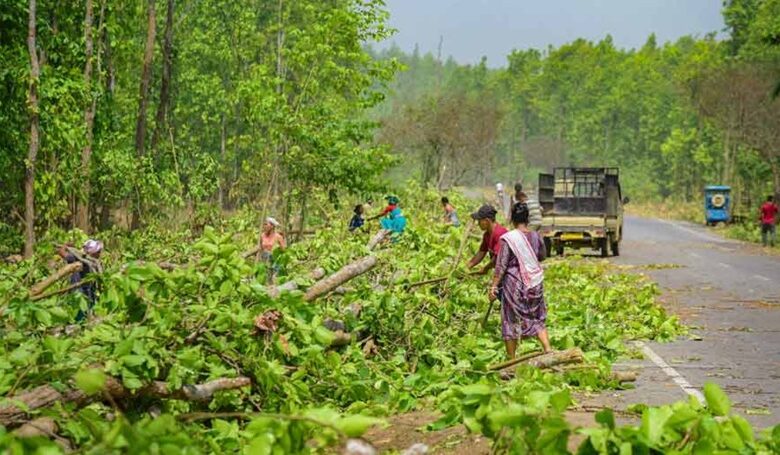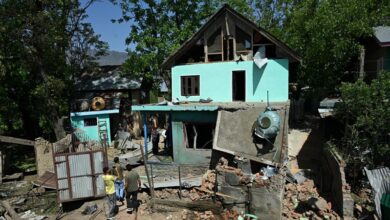India lost thick forests and gained tree cover, according to a government analysis.
News Mania Desk / Piyal Chatterjee/ 22nd December 2024

Environment Minister Bhupender Yadav delivered the biannual India State of Forest Report (ISFR 2023) on Saturday in Dehradun, reporting a net improvement of 156 sq km in forest cover and 1,289 sq km in tree cover since 2021. It also reported a total loss of 3,656 square kilometers of thick woods at the time.Tree patches less than one hectare are not considered forests and are reported separately as tree cover. At 1,12,014 square kilometers, India’s tree cover presently accounts for 3.41% of the land surface and supports India’s 21.76% forest cover.Minister Yadav, who released the data, expressed satisfaction that the overall forest and tree cover had increased by 1,445 sq km since 2021.
He also emphasized the near-real-time fire alarms and forest fire services offered by FSI using modern technology. The top four states with the highest growth in forest and tree cover are Chhattisgarh (684 sq km), Uttar Pradesh (559 sq km), Odisha (559 sq km), and Rajasthan (394 sq km). Madhya Pradesh (612.41 sq km), Karnataka (459.36 sq km), Ladakh (159.26 sq km), and Nagaland (125.22 sq km) were the four states with the greatest loss of forest and tree cover between 2021 and 2023.
Mizoram (242 sq km), Gujarat (180 sq km), and Odisha (152 sq km) led the way in terms of increased forest cover. Odisha was also a top gainer in the ISFR 2021. As many as 21 states and union territories have shown an increase in tree cover, indicating agroforestry promotion, with Chhattisgarh (702.75 sq km), Rajasthan (478.26 sq km), and Uttar Pradesh (440.76 sq km) taking the lead.
In terms of canopy density, India’s forests are divided into three categories: very dense forest (VDF) with 70% or more canopy density, moderate dense forest (MDF) with 40-70% canopy density, and open forest (OF) with less than 40% canopy density. During the two-year ISFR cycle, a forest patch might grow or lose density, depending on temperature and protection — OFs may improve to MDFs, while MDFs may thin to OF. However, recording a previously wooded region as non-forest (NF) indicates that the forest has been completely lost. According to the most recent ISFR, 294.75 square kilometers of VDF and 3,361.5 square kilometers of MDF became non-forests in India from 2021 to 2023. In two years, a total of 3,656 square kilometers of thick forest had been lost.
A portion of this loss was countered by the conversion of 895 square kilometers of non-forests to dense forests: 55.53 square kilometers to VDF and 839.26 square kilometers to MDF. These are plantations with minimal ecological benefit since wild forests do not develop as quickly. ISFR 2023 conducted a decadal change analysis of forest cover in Western Ghats Eco-Sensitive Areas, revealing an overall decrease of 58.22 square kilometers in forest cover since 2013. During that period, the landscape acquired 3,465.12 sq km of VDF whereas MDF and OF dropped by 1,043.23 sq km and 2,480.11 sq km, respectively. Since 2021, the country’s mangrove cover has decreased by 7.43 square kilometers, with Gujarat seeing the greatest loss of 36.39 square kilometers. However, Andhra Pradesh (13.01 sq km) and Maharashtra (12.39 sq km) had significant increases in mangroves.






